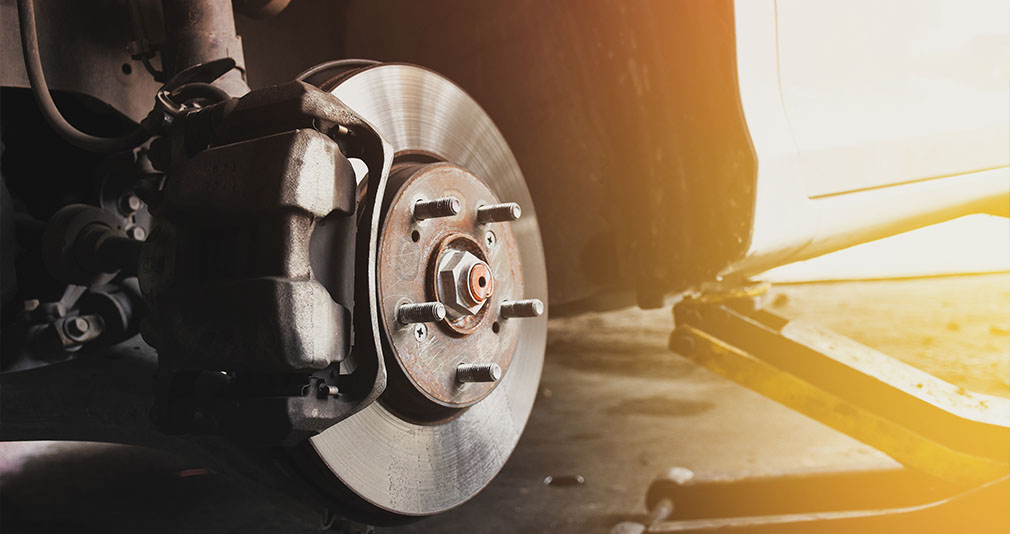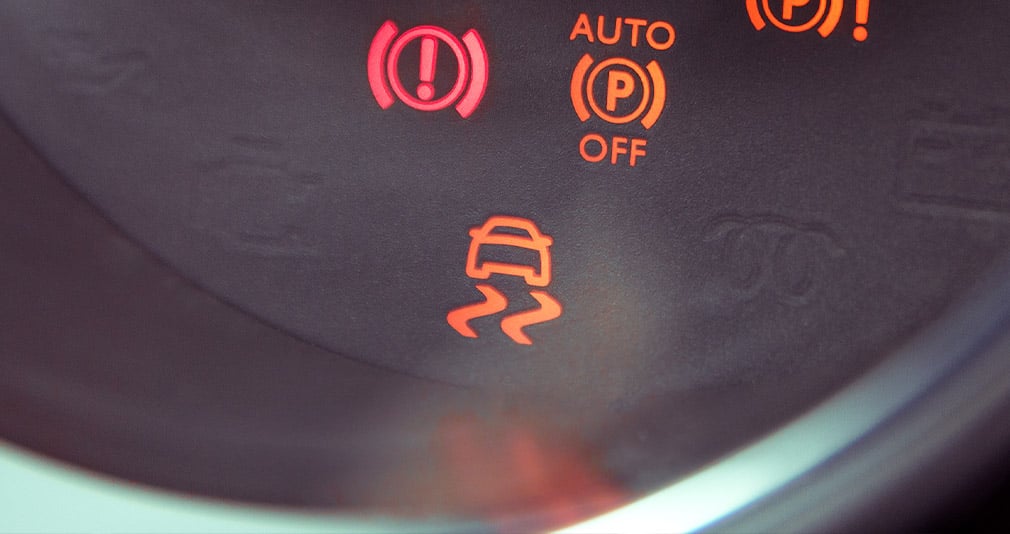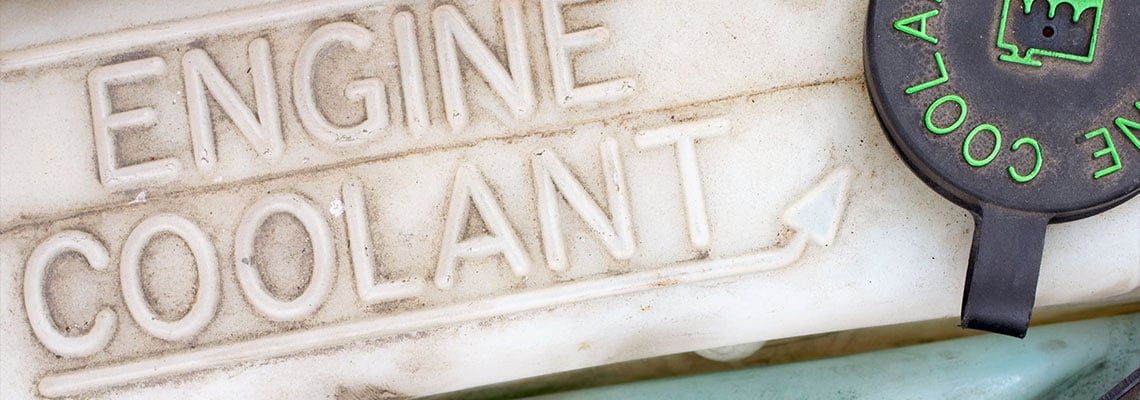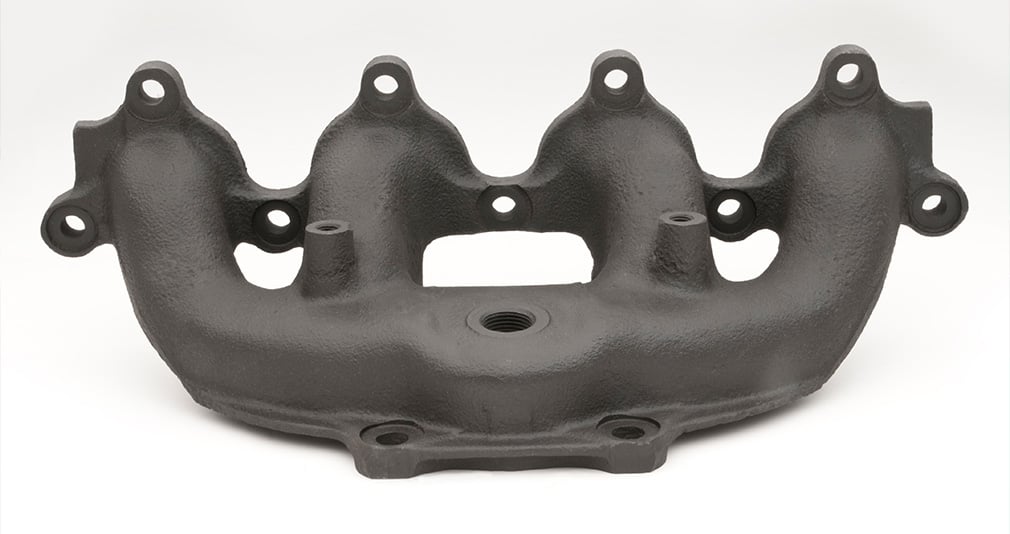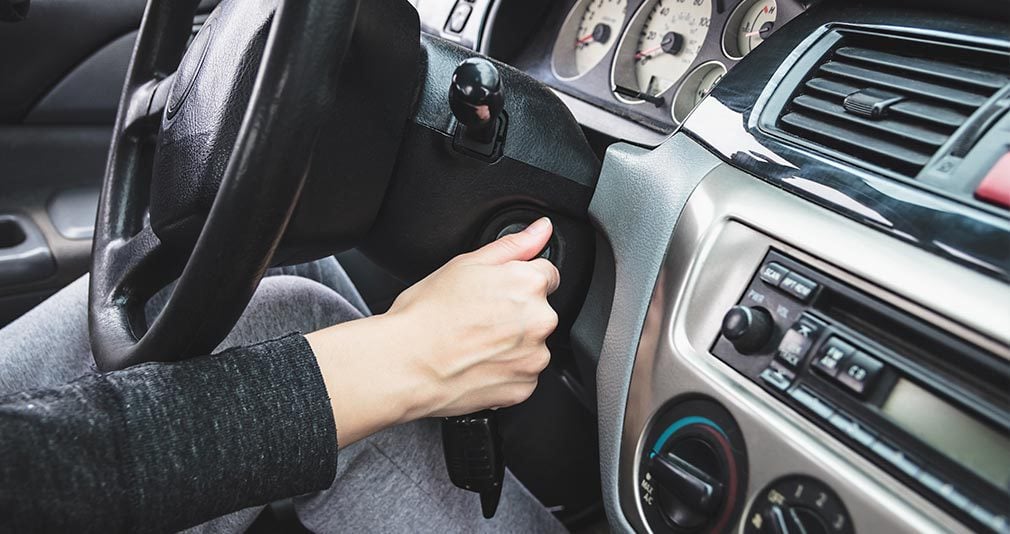Did you hear a squeal, a scrape or a grind the last time you rolled to a stop at the traffic light? Maybe your pedal felt soft and spongy as you slowed down to take the exit ramp. Or your brake pedal was noticeably vibrating under your foot.
Any of these can be a sign it's time to take your car in for a brake inspection.
Driving with brakes that sound or feel off puts you, your passengers and other motorists in danger. Brake failure results in about 300,000 car accidents per year.
In this post, we’ll discuss some basic do’s and don’ts of brake inspection and repairs for your car or truck — from the importance of regular inspections and identifying warning signs to understanding the repair options available.
Don’t Neglect Your Brakes
Regular brake inspections fall squarely under the category of preventative maintenance for your vehicle. Get your brakes checked by a qualified mechanic at least once per year. This will ensure that the brakes are in good working condition and will identify any potential issues before they get to brakes out on the highway levels.
Don’t Ignore the Warning Signs
Even with regular care, brake pads and other braking system components can wear down over time, leading to reduced braking performance and increasing the risk of brake failure.
One of the most obvious warning signs that your brakes are in trouble is an alert from your brake wear indicator, which is a small metal tab built into the brake pads. When your pads are worn down to a certain level, the metal tab comes into contact with the rotor and creates a squealing, grinding or scraping noise while you drive. The noise quiets when you press the brake. This is a clear sign it’s time for new brake pads.
Other warning signs of bad brakes include:
- Vibration or pulsing under the pedal when you press down
- A soft or spongy feeling when you press the brake
- The brake warning light illuminating the dashboard
- Pulling to one side when braking
- The brake pedal feeling too hard or too low
- Brake fluid leakage
- A burning smell coming from the brakes
- Your car takes longer to stop than usual
- Shuddering or shaking when braking
- Loud noise when braking
- The steering wheel vibrates or shakes when braking
If you notice any of these signs, hightail it to your trusted mechanic so they can have a look. Ignoring signs of brake failure can lead to further damage, costly repairs and, most critically, danger on the road.
Do Understand the Brake Inspection Process
Whether you’re in for a routine inspection or you suspect trouble, your trusted technician will thoroughly examine the braking system to ensure that it is in good working condition and to identify any issues that may need to be addressed.
During a brake inspection, the technician will first visually inspect the brakes and associated components for any signs of damage or wear. They will then test the brakes for proper function. Once the inspection is complete, the technician will provide you with a report of their findings and recommendations for repairs or replacement, if necessary.
In a typical brake inspection, your technician will check the following:
- The brake pads. Brake pads press against the rotor and create the friction necessary to slow and stop the car. They can be made from metal, ceramic or organic material and have material attached to the surface responsible for creating friction. Your technician will remove the wheels and inspect the brake pads for wear. They will measure the thickness of the brake pads and determine if they need to be replaced.
- The rotors. The rotor is located between the brake pads and the wheel. It converts the force of the brake pads pressing against it into friction, which slows down or stops the wheel's rotation. Rotors can get warped or cracked, or have excessive wear. If the rotors are in poor condition, your mechanic may recommend resurfacing or replacing them.
- The calipers. The calipers are a brake component that houses the brake pads and uses hydraulic pressure to press the pads against the rotor. Your technician will check the calipers for leaks, damage or proper movement.
- The brake fluid. Brake fluid is a type of hydraulic fluid used to transfer the force of the brake pedal to the brake pads. Your technician will check the fluid level and ensure it isn’t contaminated.
- The brake lines and hoses. Lines and hoses transfer the fluid from the brake pedal to the calipers. A crack or break in the brake line results in fluid leeching out until there isn’t enough pressure to brake the car. One telltale sign of broken hoses is a pool of light yellow or brown fluid under the vehicle, combined with chronically low brake fluid levels.
DIY Tip: You can also check your brake fluid at home using a brake fluid test kit.
Your technician will also perform a road test to check the overall performance and condition of the brake system, including how the brakes feel and how quickly your vehicle stops. A thorough brake inspection will provide a comprehensive understanding of the condition of your brakes and help identify any issues that need to be addressed.
Do Replace Worn or Broken Parts
Each component of your braking system has its own shelf life that depends on the make and model of your vehicle and how often you drive and under what conditions. There are general guidelines for average life expectancy and when to replace it.
- Brake pads are the most frequently replaced brake component. Timing for brake pad replacement is between 10,000 to 20,000 miles or when they have worn down to about 2 to 3 millimeters thick.
- Rotors typically last longer than pads and should be replaced every 50,000 to 70,000 miles. Replace these if there are signs of warping, cracking or damage.
- Calipers can last ten years or up to 100,000 miles, depending on the vehicle. Replace these if they are leaking or malfunctioning.
- Brake fluid should be checked as part of routine maintenance and replaced roughly every two to three years or around 45,000 miles.
- Brake hoses are typically designed to last the life of the vehicle. But depending on what the hoses are made of and wear and tear factors, they may require changing sooner. Always replace cracked or leaking hoses and brake lines.
These are general guidelines. It’s essential to check with a trusted automotive technician and your own vehicle’s manual for specific recommendations.
Keep reading: How Often Should You Replace Your Brake Pads?
Do Budget for Brake Maintenance and Repair
Brake repair cost for a car varies depending on the make and model and the severity of the issue. Brake pads are the most commonly replaced part and can cost between $35-$150 for all four wheels. These should be replaced in pairs to ensure they last longer. The cost to replace rotors and calipers can range from $30-$75 for rotors, $130 for a single caliper, and $300-$800 per axle for a complete brake repair job.
Keep Reading: How to Budget for Car Maintenance
Regular inspections at a trusted brake repair shop are integral for the safety and longevity of your vehicle. While it is an added expense, brake safety is worth every penny. Remember, routine maintenance that includes brake inspections can catch minor issues before they become big — and expensive — problems.
Understanding how your brakes work and knowing the signs that something isn’t right will help ensure that your car is in optimal condition when it comes time to hit the road.

